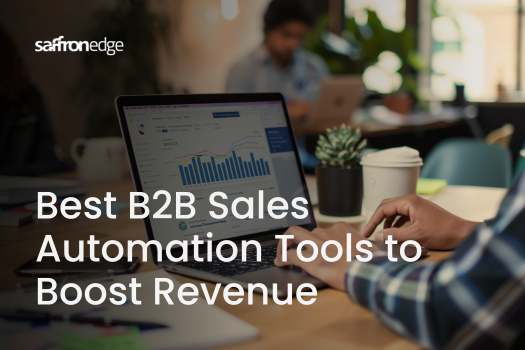Social media for successful businesses has become a trend in the world. Business houses have come to realize that if they want to lead the business market and establish their presence in the online word, they need to execute smart advertising strategies and campaigns. Therefore, advertising has become one of the most essential part of any business if they want to increase their growth and development process. It is important for every business owner to understand the basics of writing a good advertisement.
Use of accurate plan and strategies for improving the Social Media Ad Campaigns will help you to generate quality leads.
Here are the few tips and tricks which can help you to improve your Social Media Campaigns:
1. Set your campaign goals
What are the goals of your Social Media Ad Campaign? Does your business want to increase the number of social media followers, Or generate more buzz online? The first step in the process is to figure out what you want your Social media ad campaign to achieve. Find and Identify your focus on how your ad campaign will help you accomplish your business goals.
2. Choose your social media networks
If you have determined the goals of your paid media campaign, you will have to choose your social networks wisely for growth and development of your business. So, before choosing social networks for your ad campaign, it is important that you do some research on some social networks so that you can take your right decision. For example, Facebook is one of the best and most used social platforms to advertise on because it is inexpensive compared to many other online advertising networks, commonly referred to as pay per click. Facebook advertisement are also much easier to use than other online Advertisements.
3. Keep your Ad message Simple
Always try to use easy and simple language for your Social Media ad campaigns as you only have limited time to communicate the message of the ad campaign to your audience. So, keeping it short and simple is the most effective way to ensure that the whole message is conveyed successfully.
4. Use of Keywords in Ads
Do a well-researched survey to know what the viewers are searching for in the industry. This is the reason you can utilize keyword analysis which can help you know more about the interest areas of your audience. You can start your research by going to the Google Ad Words and signing there then hang over the toolbox and select keyword planner. This will help you in right keyword analysis.
5. Highlight your services and products
In a Social Media Ad Campaign, you should always try to highlight the advantages of your services over your competitor’s services. Unless you accentuate all the plus points of your services and products, your ad will fail to deliver any value to the potential customers.
If you follow all the above-mentioned tips, your social media marketing campaign will definitely improve and you will find good results. If you have any query regarding Social Media Ads Campaign, feel free to contact us anytime.
The ultimate marketing toolkit
Related Blogs
We explore and publish the latest & most underrated content before it becomes a trend.
5 min read
Top 10 B2B Sales Automation Tools to Boost Revenue in 2025
By Shreya Debnath
Subscribe to Saffron Edge Newsletter!

The ultimate marketing toolkit










